What’s the hot new beverage alcohol category? It’s a constant question personified in craft beer’s rotation nation philosophy, but now of course it goes way beyond traditional beer. Is it hard seltzer? It certainly feels like hard seltzers were the last big thing. Every outlet has declared it dead. The mainstream still thinks it’s the next big thing, so maybe that’s how we know it has Truly jumped the shark. Enjoy this recent SNL sketch:
Sam Adams might tell you hard seltzer is getting harder to sell. Boston Beer Founder Jim Koch noted, “We’re going to crush millions of [its Truly Hard Seltzer] cases of product before it goes stale,” because of market shrinkage and overestimations. A look at the National Beer Wholesalers Association (NBWA’s) September 2021 Beer Purchasers’ Index (BPI) notes that the FMB/Seltzer BPI reading took yet another dramatic hit last month, falling to an unprecedented 40 in September 2021 from 91 in September 2020. That’s an insane swing. BPI is a forward-looking indicator for distributors to measure expected beer demand. The index surveys beer distributors’ purchases across different segments and compares them to previous years. A reading greater than 50 indicates the segment is expanding, while a reading below 50 indicates the segment is contracting.
So, if hard seltzers aren’t the hot new alcoholic social lubricant, what is? Non-alcoholic beer? Hard kombuchas? Baijiu? According to IWSR Drinks Market Analysis, it’s going to be RTDs or ready-to-drink (RTD) alcohol products, and hard seltzers are going to be apart of this “next big thing.” If you don’t know, IWSR is a data company. It collects and analyzes beverage alcohol data on a global scale. It claims to understand the market, category and brand performances of products in some 157 countries across the world using local market input. Occasionally, IWSR releases market reports, and occasionally we run those market reports because we find them interesting and insightful.
According to a new study from IWSR Drinks Market Analysis, RTD volumes have been growing faster than any other major drinks category since 2018 and are expected to significantly outperform the wider beverage alcohol market over the next five years, increasing their market share to 8 percent by 2025 (from about 4 percent share in 2020) in top RTD markets. What are those markets you ask?
The IWSR RTD Strategic Study examines the RTD category across 10 focus markets (Australia, Brazil, Canada, China, Germany, Japan, Mexico, South Africa, United Kingdom and the United States), which it says represents more than 85 percent of all RTD volumes worldwide. More importantly than those markets, how does ISWR define an RTD?
Hard seltzers will help drive RTD volumes, because everything can be an RTD
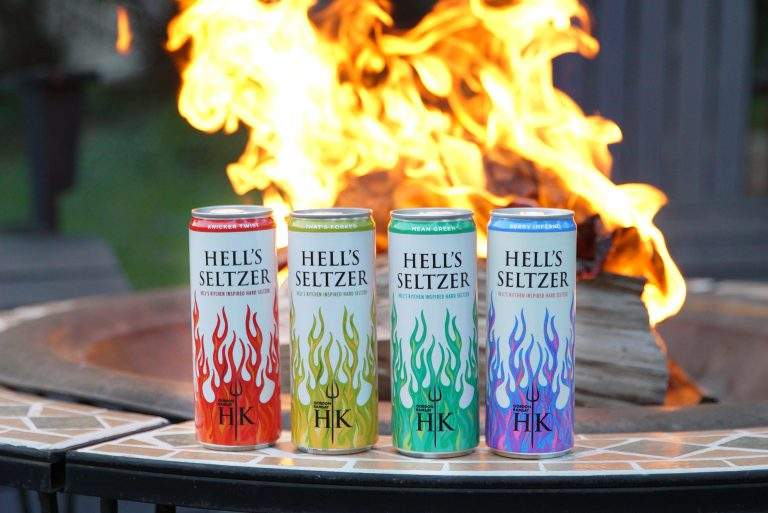
It’s not all doom and gloom for hard seltzers, because the category is flexible like beer. As an example, it can make a transition to RTDs in style and branding, with a lot of growth potential outside of America. IWSR defines seven sub-categories of ready-to-drink products that includes seltzers. Seven!
- Cocktails/long drinks: drinks that reflect both well-known cocktails (Mojito, Negroni, Mule, Cosmopolitan) and common mixed drinks containing a base spirit and a non-alcoholic mixer (for example, gin and tonic or vodka and soda), where the base alcohol is clearly identified
- Hard seltzers: composed of a blend of carbonated water and alcohol, in some cases with added fruit flavor, and typically malt-based but can also be wine- or spirit-based. In contrast to long drinks, the alcohol is not defined
- Hard coffees: alcoholic drinks which can be cold brew or creamy hard coffee
- Hard teas: alcoholic tea drinks
- Hard kombuchas: made with sweetened black or green tea, fermented, and then often blended with natural juice
- Wine spritzers/coolers: drinks which mix wine with carbonated water or sodas, or fruit juices
- Flavored Alcoholic Beverages (FABs): this subcategory covers all other RTDs, including the likes of Smirnoff Ice and Bacardi Breezers, as well as local brands
IWSR projects that hard seltzers will account for half of all global RTD volumes by 2025 (up from 30 percent share in 2020), driven by consumer demand for flavorful drinks with “better-for-you” attributes. Though much of this growth will continue to come from the United States, hard seltzers are forecast to also grow rapidly in other markets such as Canada (+50 percent CAGR 2020-2025), the UK (+90 percent), China (+84 percent) and Australia (+24 percent). Across the 10 focus markets in the study, hard seltzers are expected to post total volume growth of +26 percent CAGR 2020-2025, so maybe hard seltzers are still the next big thing. From the press release:
“Hard seltzer volumes outside the U.S. are small, but awareness is also low. As that awareness grows, we’re seeing that people are increasingly willing to consider trying these products,” says Rand. “It’s important to remember that it took a few years for hard seltzers to catch on in America, and we’re still in early days in this category outside the U.S.”
Will this growth come at the cost of beer?
“RTDs are still growing at higher rates than spirits, wine, and beer, signaling a major shift in consumer interest in this category across all demographics,” says Brandy Rand, COO of the Americas at IWSR Drinks Market Analysis. “But it’s important to note that RTDs aren’t only stealing share from beer, they’re also attracting spirits consumers in markets such as Australia and the UK, and cider drinkers in South Africa. We’re also seeing a significant premiumization trend in RTDs as more and more new brands enter the space.”
Why RTDs?
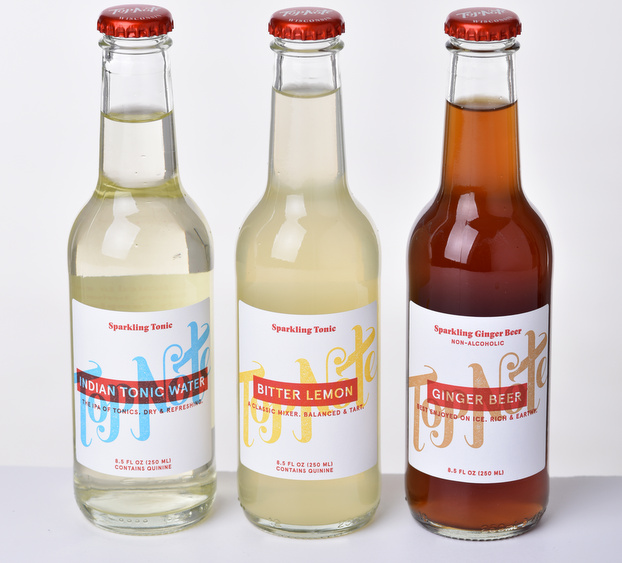
IWSR consumer research shows that more than half of RTD drinkers (56 percent) say that the regular release of new RTD flavors is the most important factor in establishing a premium image, followed by connection to a known brand (the value of brand extensions), and the use of innovative packaging. Flavor is also the key driver influencing purchase of RTDs, preferred by almost 70 percent of consumers. IWSR research also shows that there is a clear preference among consumers for spirit-based RTDs in most markets, as these generally have connotations of superior quality (vodka in particular is highly favored as a base), though malt-based products are gaining share as well, driven, of course, by the rise of hard seltzers.
RTDs have proven to be an effective opportunity for companies and brands from across the full spectrum of the drinks market. For example, brewers and soft drink companies have found particular opportunities in hard seltzers, becoming a major driving force behind that sub-category’s recent growth. Spirits and wine producers too have leveraged their existing brand awareness and equity to move into RTDs, from pre-mixed cocktails to hard seltzers to wine spritzes and coolers.

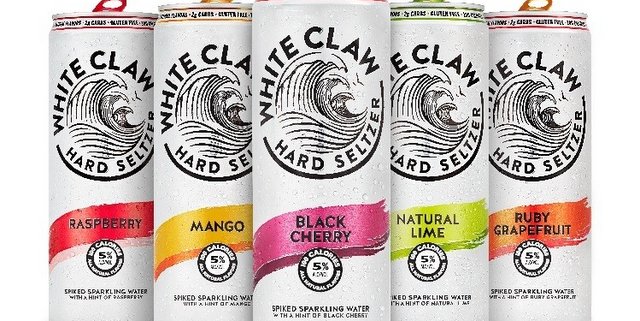
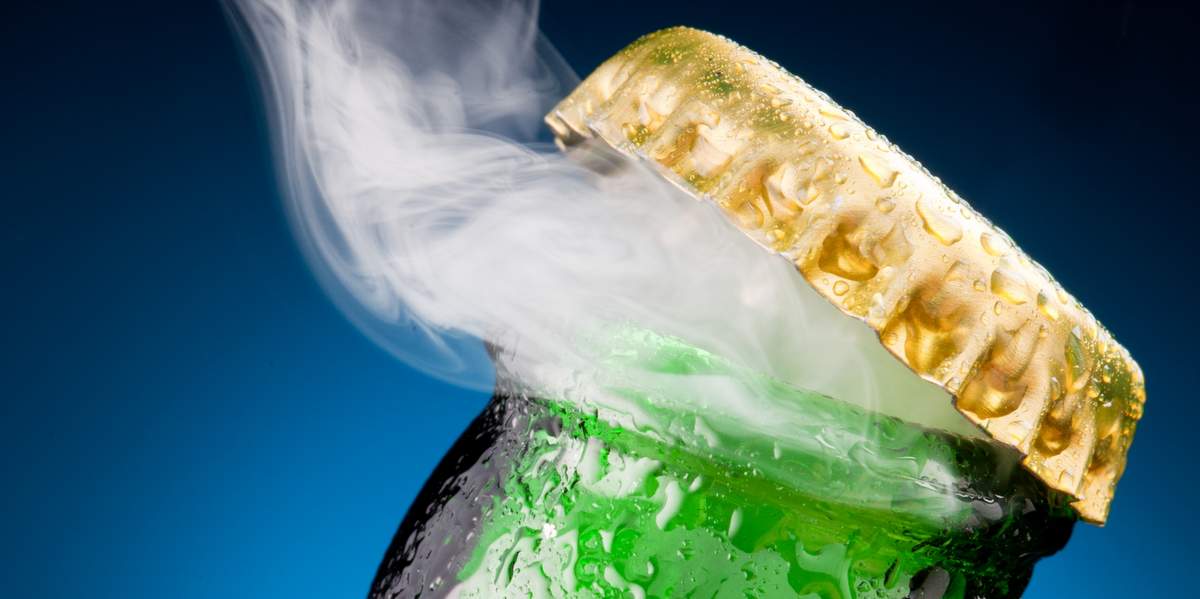
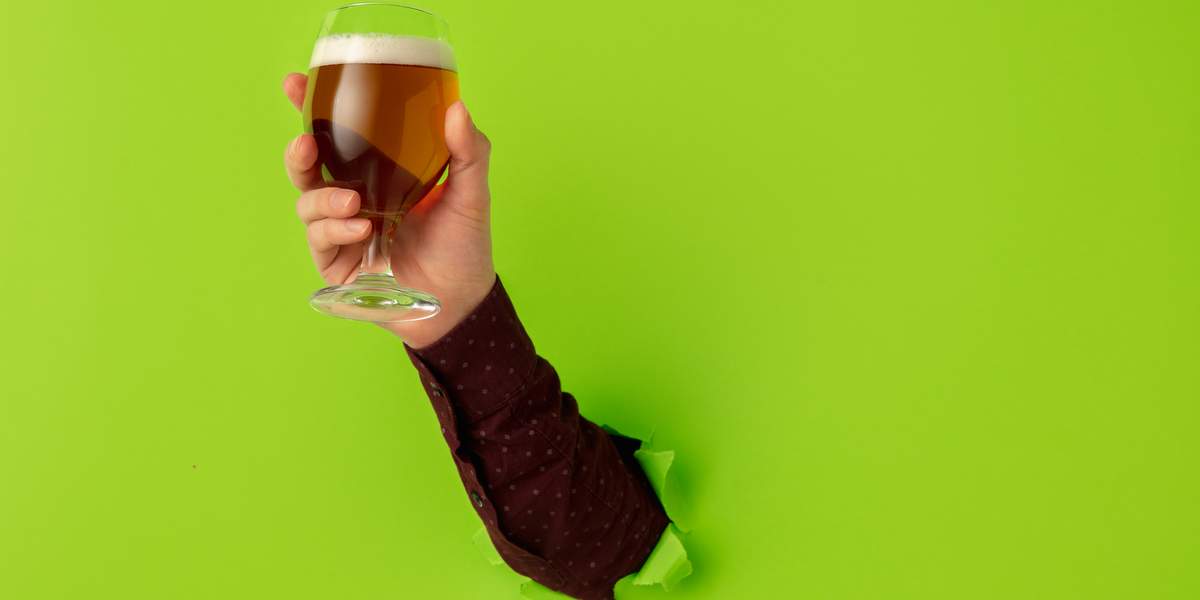
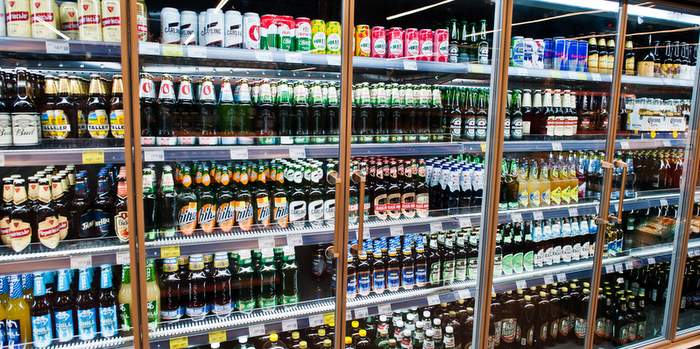
Leave a Reply
You must be logged in to post a comment.